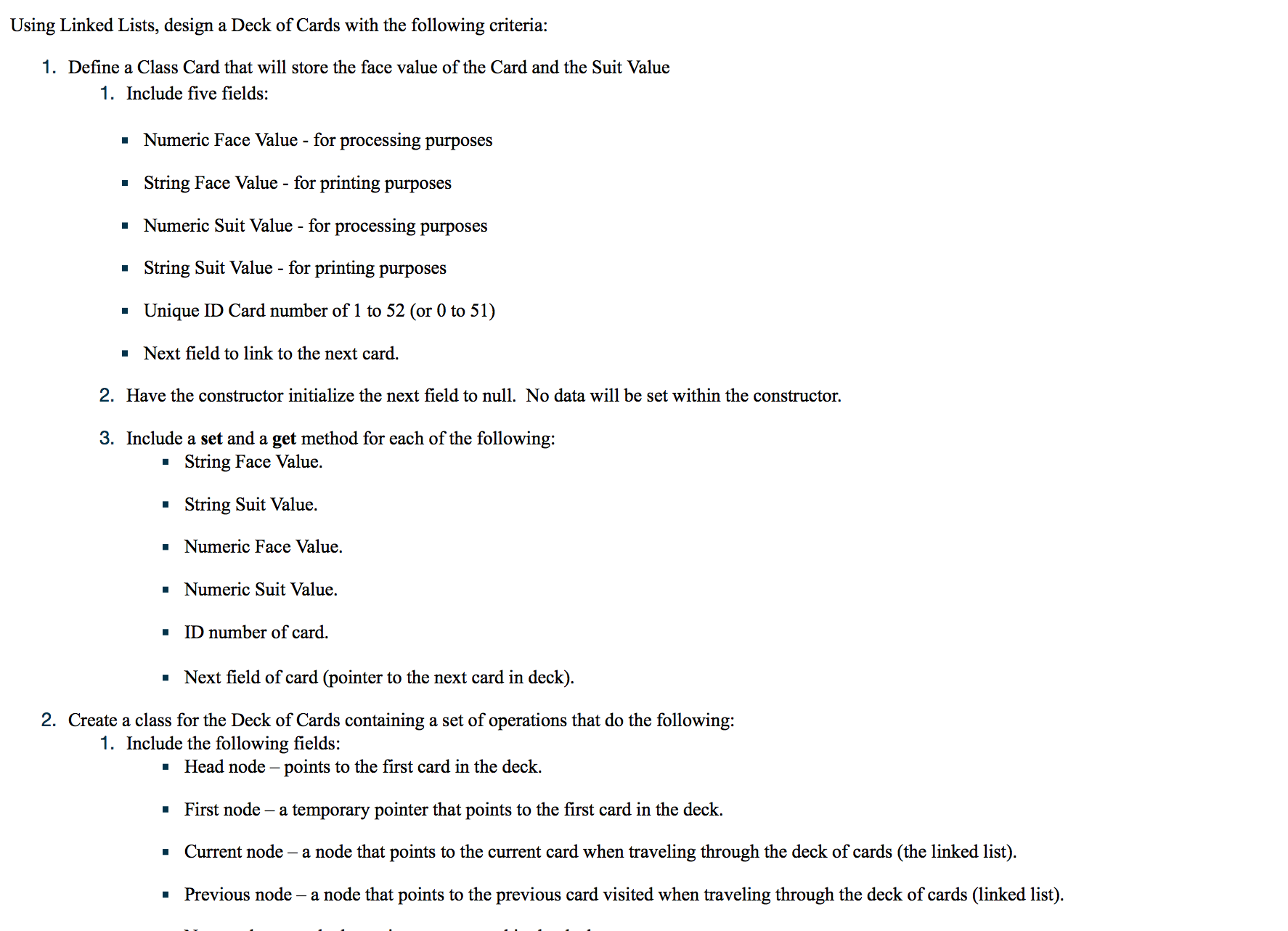Question
My Program does not print anything out. Can someone lead in the right direction public class LinkedList { private Node first = null; private Node
My Program does not print anything out. Can someone lead in the right direction


public class LinkedList {
private Node first = null;
private Node current = null;
private Node pre = null;
public boolean isEmpty(){
return true;
}
public boolean contains(Comparable item){
current = first;
pre = null;
while ((current != null)&&(current.getData().compareTo(item)
pre = current;
current = current.getNext();
}
return ((current != null) && (current.getData().compareTo(item) == 0));
}
public int size(){
int count = 0;
current = first;
pre = null;
while (current != null){
pre = current;
current = current.getNext();
count++;
}
return count;
}
public void add(Comparable c){
Node temp = new Node(c);
if (pre == null){
first = temp;
}else{
pre.setNext(temp);
}
temp.setNext(current);
current = temp;
}
public void remove(Comparable c){
if (pre == null){
first = first.getNext();
}else{
current = current.getNext();
if (pre == null){
first = current;
}else{
pre.setNext(current);
}
}
}
public void clear(){
first = null;
}
public void print(){
Node current = first;
while (current != null){
System.out.println(current.getData());
current = current.getNext();
}
}
}
-----------------
public class Node {
private Comparable data;
private Node next;
public Node(){
next = null;
}
public Node(Comparable c){
data = c;
next = null;
}
public Node(Comparable c, Node n){
data = c;
next = n;
}
public Comparable getData(){
return data;
}
public void setData(Comparable c){
data = c;
}
public Node getNext(){
return next;
}
public void setNext(Node n){
next = n;
}
}
--------------------
public class Card implements Comparable
private int rank;
private int suit;
public Card(int suit, int rank){
this.rank = rank;
this.suit = suit;
}
public int getRank(){
return rank;
}
public int getSuit(){
return suit;
}
public String toString(){
switch(suit){
case 1:
switch(rank)
{
case 11: return "Jack of Hearts";
case 12: return "Queen of Hearts";
case 13: return "King of Hearts";
case 14: return "Ace of Hearts";
default: return rank + " of Hearts";
}
case 2:
switch(rank)
{
case 11: return "Jack of Diamonds";
case 12: return "Queen of Diamonds";
case 13: return "King of Diamonds";
case 14: return "Ace of Diamonds";
default: return rank + " of Diamonds";
}
case 3:
switch(rank)
{
case 11: return "Jack of Clubs";
case 12: return "Queen of Clubs";
case 13: return "King of Clubs";
case 14: return "Ace of Clubs";
default: return rank + " of Clubs";
}
case 4:
switch(rank)
{
case 11: return "Jack of Spades";
case 12: return "Queen of Spades";
case 13: return "King of Spades";
case 14: return "Ace of Spades";
default: return rank + " of Spades";
}
}//end Switch Statement
return null;
}
public int compareTo(Card a) {
if (this.rank
return -1;
}
if (this.rank > a.rank){
return 1;
}
if (this.rank == a.rank){
if (this.suit
return -1;
}
if (this.suit > a.suit){
return 1;
}
}
return 0;
}
}
----------------------
import java.util.Random;
public class CardDeck {
private LinkedList cards=new LinkedList();
private int numCards;
public void Deck(){
for (int a = 1; a
for (int b = 1; b
cards.add(new Card(a,b));
}
}
}
public void drawFromDeck(){
Random rand = new Random();
int index = rand.nextInt(cards.size());
cards.remove(index);
setNumCards(getNumCards() - 1);
}
public int getTotalCard(){
return cards.size();
}
public int getNumCards() {
return numCards;
}
public void setNumCards(int numCards) {
this.numCards = numCards;
}
}
-------------------------
package classWork;
public class Main
{
public static void main(String[] args)
{
LinkedList myList = new LinkedList();
CardDeck myCards = new CardDeck();
myCards.Deck();
myList.print();
}
}
Using Linked Lists, design a Deck of Cards with the following criteria: 1. Define a Class Card that will store the face value of the Card and the Suit Value 1. Include five fields: - Numeric Face Value - for processing purposes - String Face Value - for printing purposes - Numeric Suit Value - for processing purposes - String Suit Value - for printing purposes Unique ID Card number of 1 to 52 (or 0 to 51) Next field to link to the next card. 2. Have the constructor initialize the next field to null. No data will be set within the constructor. 3. Include a set and a get method for each of the following: - String Face Value. * String Suit Value. - Numeric Face Value. Numeric Suit Value. ID number of card Next field of card (pointer to the next card in deck) - - 2. Create a class for the Deck of Cards containing a set of operations that do the following: 1. Include the following fields: Head node - points to the first card in the deck. First node - a temporary pointer that points to the first card in the deck. Current node - a node that points to the current card when traveling through the deck of cards (the linked list) Previous node - a node that points to the previous card visited when traveling through the deck of cards (linked list)Step by Step Solution
There are 3 Steps involved in it
Step: 1

Get Instant Access to Expert-Tailored Solutions
See step-by-step solutions with expert insights and AI powered tools for academic success
Step: 2

Step: 3

Ace Your Homework with AI
Get the answers you need in no time with our AI-driven, step-by-step assistance
Get Started


